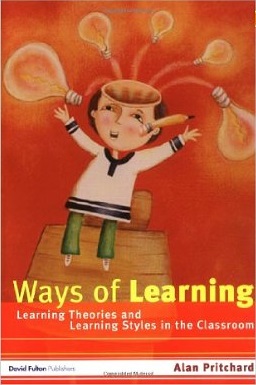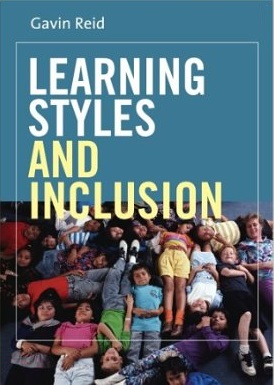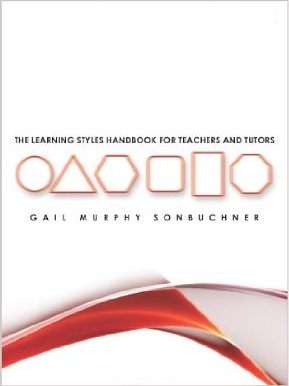

VAK
(Visual-Auditory-Kinaesthetic)


Probably because of its simplicity and practicality, VAK theory is widely recognised by teachers - particularly those who advocate Accelerated Learning techniques - but the idea that we receive information via different �modalities� has been around considerably longer than that and can be traced back to the work of Grace Fernald ("Remedial Techniques in Basic School Subjects") who promoted kinaesthetic learning techniques; Samuel Orton�s work on dyslexia; Anna Gillingham�s subsequent work on developing multisensory approaches; and the holistic educational philosophy of Maria Montessori.
Normally, we each have five senses. There is an increasing realisation that we respond subconsciously to our sense of smell. Aromatherapy is based on the principle that aromas can help to create mood. More simply, manufacturers of household products usually try to make them "smell nice". More subtly, perfumers make a living from concocting alluring and enticing odours. Recent research has shown that men and women produce pheromones (body odours) that enhance their attractiveness to the opposite sex in myriad subtle ways.
Similarly, our sense of taste is very important to us and is one of the first to be developed in the young. It is one of the reasons why babies put everything in their mouths (although they also use their mouths as a kinaesthetic sensory organ). Nevertheless, we do not normally associate our senses of smell and taste as being useful for communication purposes - leaving us with three methods (or modes) of receiving and processing information. This is often referred to as the VAK model.
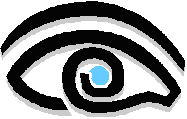
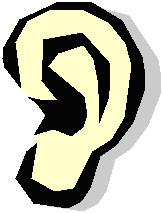
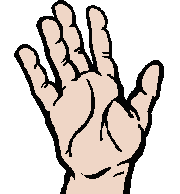
VISUAL
AUDITORY
KINAESTHETIC
Each of us has a natural preference for the way in which we prefer to receive, process and impart information. This is largely genetically determined but is also susceptible to development, particularly when we are young (whilst our neural pathways are still being established). There are various ways in which preferred processing modes become apparent and some simple ways in which we can enhance the effectiveness of our communication once we are aware of them. One way to detect a person's preferred processing mode is to watch their eye movements, particularly when they are thinking or answering a question.



VISUAL
thinkers tend to look upwards
AUDITORY
thinkers tend to look straight ahead
KINAESTHETIC
thinkers tend to look downwards
Of course, in practice, it is not quite as simple as this. Additional factors affect eye movements - such as whether the person is trying to recall real or imaginary circumstances (in other words, are they telling lies?)
There are also vocabulary clues that can help to detect preferred processing modes.



Visual thinkers will tend to use and respond to terms such as:
-
I get the picture
-
I see that now
-
From my perspective
-
What's your view?
Auditory thinkers will tend to use and respond to terms such as:
-
I get the message
-
That rings a bell
-
That strikes a chord
-
Sounds OK to me
Kinaesthetic thinkers will tend to use & respond to terms such as:
-
How does that grab you?
-
A grasp of the basics
-
It certainly feels right
-
I can relate to that
Even a very basic understanding of different processing modes can help you to communicate more effectively. Understanding a person's preferred mode enables you to tailor the way you address them so that it suits their "style".



You could sketch a diagram for visual thinkers.
You could stress key words for auditory thinkers.
You could use a "hands-on" approach for kinaesthetic thinkers.
When addressing an audience, you can ensure that your message will reach a greater proportion by using all three modes. A good presentation should include inputs that are:-
Visual
such as diagrams, charts, pictures.
Auditory
such as stories, anecdotes, jokes, puns.
Kinaesthetic
with activities and opportunity to move about.
Of course, once you have developed a basic understanding of the VAK model and seen the effects of translating it into practice, you will be keen to understand the principles in greater depth.
Discover your preferred learning style with this simple questionnaire
Find out how to Make the most of your learning style
Explore these Teaching and Learning Activities
Find out about Mindmapping - for visual learners
"Lets get physical" and devise some techniques for kinaesthetic learners
Have you ever thought about using training games?
Simple tips for using drama across the curriculum
